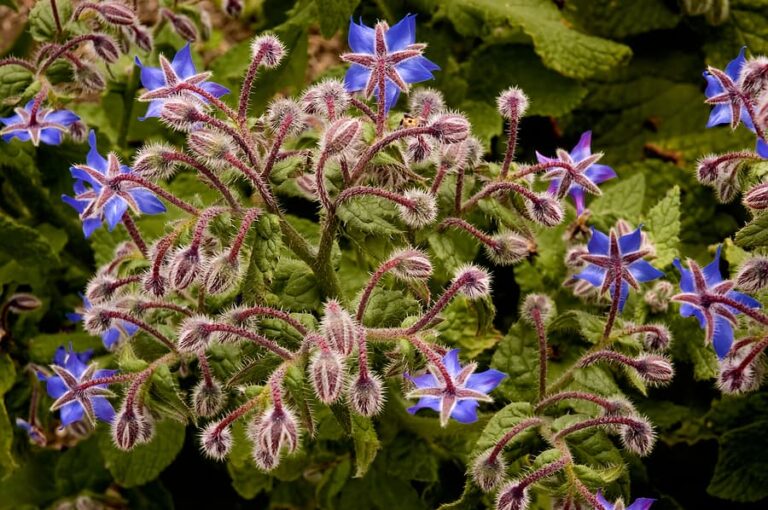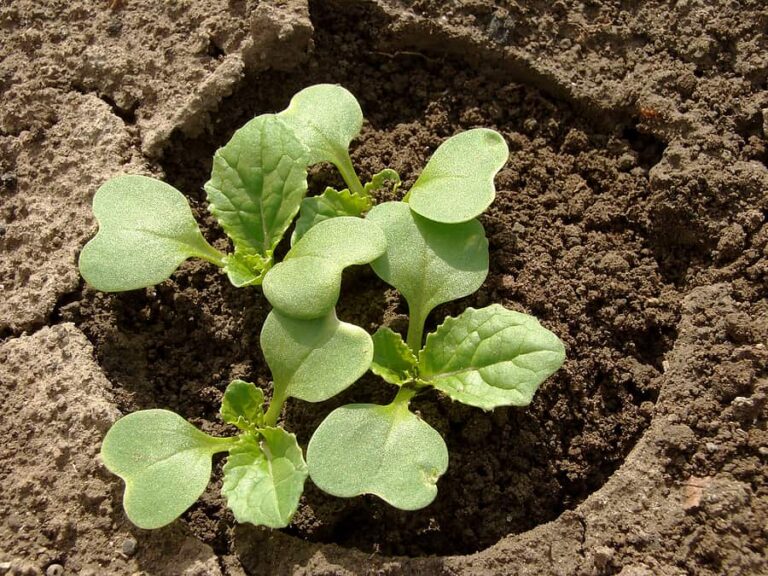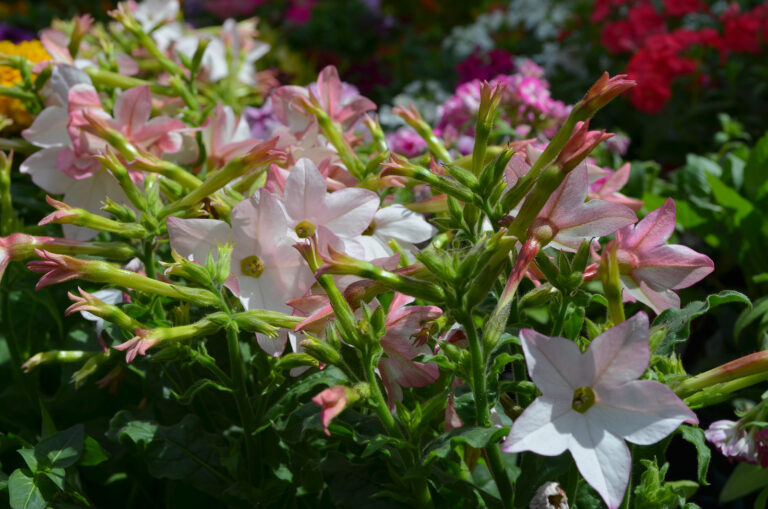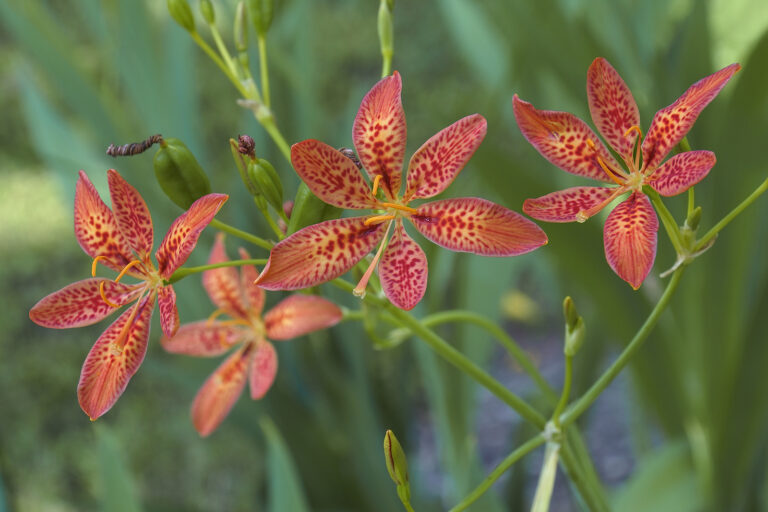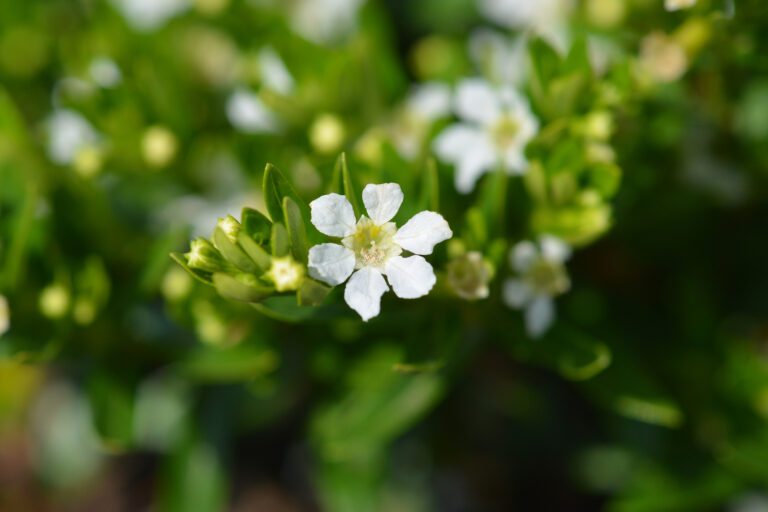How to Grow Speedwell — Veronica
Veronica, best known as speedwell, is a vigorous, easy-to-grow plant with a rich palette of colors including true blue, violet-blue, pink, and white.
Veronica is a group of long-blooming annuals and perennials. Speedwells grow 12 to 36 inches tall depending on the species. They bear colorful 6- to 8-inch spikes of tiny flowers mostly in summer.
Veronicas have linear to lance-shaped or rounded leaves. Flower spikes are bottlebrush-like with individual blooms 1/2 inch or less across. Most are upright growers but there are a few species that are low-growing and mat-forming.
Good Products for Garden Care at Amazon:
- Garden Safe Snail and Slug Bait
- Bonide Sulfur Fungicide
- Neem Bliss 100-% Cold Pressed Neem Oil
- PyGanic Botanical Insecticide

How to use Veronica in garden design
1. Borders and Beds
Tall varieties like Veronica spicata or Veronica longifolia add vertical interest to mixed borders. Their spiky blooms contrast beautifully with rounded flowers such as coneflowers or daylilies. Planting them in clusters of 3–5 enhances their visual impact. Greg App 🪴+1Greg App 🪴+1
2. Groundcovers and Edging
Low-growing types, such as Veronica ‘Georgia Blue’, are excellent for edging paths or filling in gaps between stepping stones. These varieties form dense mats of foliage and bloom in spring, providing early-season color. GardenWebGardenDesign.com
3. Rock Gardens and Dry Areas
Compact Veronica species thrive in well-drained soils, making them ideal for rock gardens or xeriscaping. Their tolerance to dry conditions and low maintenance needs make them suitable for water-wise gardens. Better Homes & Gardens
4. Pollinator Gardens
Veronica’s nectar-rich flowers attract bees, butterflies, and hummingbirds, supporting local pollinator populations. Incorporating them into pollinator-friendly plantings enhances biodiversity and ecological health.
5. Containers and Small Spaces
Dwarf Veronica varieties are well-suited for container gardening. Their compact size and vibrant blooms make them perfect for patios, balconies, or small garden spaces. Pairing them with other container-friendly perennials can create stunning displays.
Design ideas featuring Veronica
- Color Contrasts: Pair blue or purple Veronica with yellow or orange flowers like coreopsis or rudbeckia to create striking color combinations.
- Monochromatic Schemes: Use white-flowering varieties, such as Veronica spicata ‘Alba’, in white-themed gardens for a serene and cohesive look. Greg App 🪴
- Seasonal Interest: Combine early-blooming Veronica with summer and fall perennials to ensure continuous color throughout the growing season.Pinterest+3GardenDesign.com+3The Spruce+3
- Textural Contrast: Mix Veronica’s spiky blooms with plants that have different textures, like the broad leaves of hostas or the feathery foliage of ferns, to add depth and interest to plantings.
Get to know Veronica
- Plant type: Perennials and annuals
- Growing Zones and range: Zones 3 to 8
- Hardiness: Hardy to -30°F (-34°C)
- Height and width: 6 inches to 3 feet (.9m) or more tall and wide
- Foliage: Alternate, simple, entire, or toothed, stalkless leaves
- Flowers: Small outward-facing flowers 1/2-inch across on spires
- Flower colors: Purple, blue, pink, white
- Bloom time: Late spring to midsummer
- Uses: Borders, specimen plant
- Common name: Veronica, Speedwell
- Botanical name: Veronica spp.
- Family: Scrophulariaceae
- Origin: Most occur in South America, some in Africa, Asia, Australasia, and North America

Where to plant Veronica
- Plant Veronica in full sun; speedwell will tolerate light shade, especially in Zones 7-8.
- Grow Veronica in humus-rich to average soil that is moist but well-drained.
- Veronica will not tolerate constantly moist conditions, especially in winter.
Veronica uses and companions
- Use Veronica in a mixed or herbaceous border.
- Use cushion or mating forming species in a rock garden.
- Purple flowers combine well with pastel yellow, pink, and white flowers.
- Good garden companions for Veronica include Coreopsis, Diascia, Geranium Heuchera, Iberis sempervirens, Malva, Sedum.

When to plant Veronica
- Set Veronica in the garden in spring or fall.
- Sow seed indoors in late winter; plants will be ready for transplanting to the garden in about 20 days. Cover seed with 1/8 inch of light potting mix.
- Sow seed at 70° to 75°F (21-24°C); germination will occur in 7 to 14 days.
Planting and spacing Veronica
- Space Veronica 6 inches to 36 inches (15-91cm) apart depending on the variety.
How to water and feed Veronica
- Veronica needs abundant moisture; keep the soil moist. Veronica is shallow-rooted and thus not drought-tolerant.
- Fertilize Veronica every 4 to 6 weeks with an all-purpose fertilizer or work in a slow-release fertilizer in spring.

Veronica care
- Mulch around Veronica to conserve soil moisture.
- Trim off spent flowers to keep the plant tidy and encourage new blooms.
- Taller plants may need staking.
- Cut plants back after they flower; some species may rebloom.
- Divide Veronica every 3 or 4 years; too many stems will weaken plants.
- Powdery mildew and leaf spot can sometimes be a problem for Veronica.

Veronica propagation
- Propagate by dividing the clumps in spring or fall.
- Take cuttings in late spring or early summer.
- Sow seeds in late spring or early summer.
- Veronica seeds will germinate in 15 to 30 days at about 70°F (21°C).
Veronica varieties to grow
- Veronica austriaca spp. teucrium, Hungarian speedwell: Grows 6 to 24 inches (15-61cm) tall; bears deep blue flowers in 4 to 6-inch long spikes in late spring and early summer; ‘Crater Lake’ is a cultivar with intensely blue flowers.
- V. gentianoides, gentian speedwell: Species grows to 24 inches tall; bears 10-inch long spikes of pale blue to white flowers in late spring.
- V. incana, silver speedwell: Mat-forming clumps with deep blue flowers on 10-inch stems; cultivars with pink, rose, and violet flowers.
- V. longifolia, long-leaved speedwell: Species grows to 4 feet (1.2m) tall; bears dense 10-inch clusters of small lilac-blue flowers in late summer; cultivars ‘Icicle’ bears white flowers, ‘Rosea’ bears pink flowers. ‘Foerster’s Blue’ bears deep blue flowers.
- V. prostrata, harebell speedwell: low-growing species to 6 inches tall; produces short spikes of starry blue flowers in late spring.
- V. spicata, spike speedwell: Species grows to 36 inches tall; bears dense 12-inch spikes of purple, blue, pink, or white flowers in early summer; cultivars include ‘Blue Charm’ with pale lavender flowers, ‘Red Fox’ with deep pink flowers, ‘Icicle’ with white flowers.
- V. ‘Sunny Border Blue’: Hybrid grows to 24 inches tall; bears violet-blue flowers on 7-inch spikes from early summer.
- V. ‘Waterperry’: Hybrid low, trailing plants with round pale blue flowers in clusters; spring blooming.



